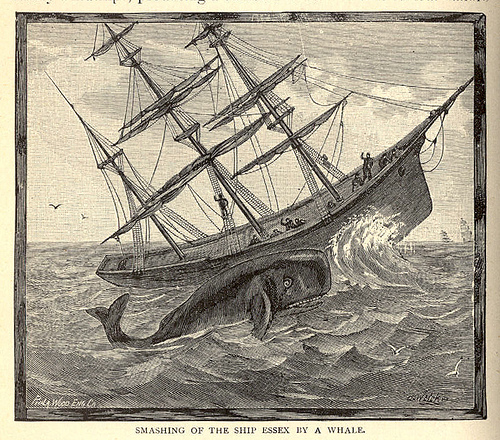Stress, fear and imagination.
What do these three things have in common?
These are all constructs of our minds and bodies that interact together.
Stress is the body’s response when we are in need of resources we do not have. Our bodies move into a stress response in order to move into action. What typically happens though is that this response system becomes hyperactive–we use it too much! Instead of our bodies relaxing and restoring themselves to homeostasis after a stressful event, we continue to stress. This leads the mind to imagine that resources are scarce and we become fearful and apprehensive.
This hyper-stressed state becomes the new normal for us. It overtaxes our bodies’ repair systems that work only when we are relaxed. So if you aren’t relaxed, you body doesn’t get a chance to restore itself. This leads to a cycle of stress and fatigue. Over the long-term, this cycle leads to a wide range of conditions including: insomnia, anxiety, depression, gastro-intestinal disease, heart disease and arthritis, to name a few.
Dr. Eva Shelbub http://www.drselhub.com/ has a great mindfulness strategy for dealing with stress and fear. She calls it the SHIELD method and it requires little but your imagination! If you find yourself feeling stressed or fearful, slow down and begin to breathe deeply. Imagine a golden shield of light surrounds you. Honor your body’s ability to deal with stress and begin to listen for what you are most in need of in the moment. Then decide to go get what you need in that moment, whether it is sleep, food, love, respect, etc.
Writer Karen Thompson Wallace gave a TEDtx presentation http://bit.ly/115OHF4 conceptualizing fear as an act of imagination that is like storytelling. Wallace posits that fear is a form of imagination when the mind asks, “What will happen next?”
Wallace finds that the value of fear is that it allows us to imagine possible future outcomes as a mechanism for survival. She illustrates this point with the story of the sinking of the Essex whaling ship, which was stove in by a sperm whale, and the fear that led the surviving crew to decide and act. This event is credited to be inspire Herman Melville to write “Moby Dick.”
I like the idea that imagination creates and allays our fears. I think this perspective can disengage us from the shame that arises from the mores that fear is not an acceptable human emotion. We don’t have to harden or steel ourselves from our fears but learn how to listen and read them better. This can be achieved by relaxing our bodies’ response to the fear that we feel. We can then imagine what we need and move into appropriate action.
In the midst of the bombings at the Boston Marathon and the subsequent manhunt, our fears are stirred. Events like this challenge our confidence in our safety and security. But if we learn how to respond to our stress and fears appropriately, we will have a greater capacity for peace–within ourselves and with others.
“Man must evolve for all human conflict a method which rejects revenge, aggression and retaliation. The foundation of such a method is love.”
–Martin Luther King Jr.
Peace,
Craig


April 20, 2013
Thank you for posting, I enjoyed reading this and listening to the Ted Talk. I am working mostly around fears with clients and I think it’s true, when you are able to accept and look at fear, look at the story it’s telling you and where it’s coming from it will aid us in making choices that meet our needs. Many times we dismiss fear and our ashamed of it, but if we accept it, look at the source, and what it is really telling us we can turn fear into fuel to making powerful choices for ourselves.